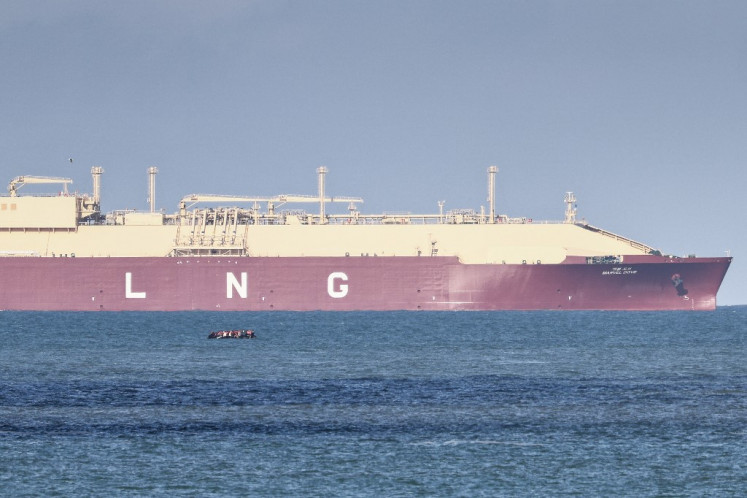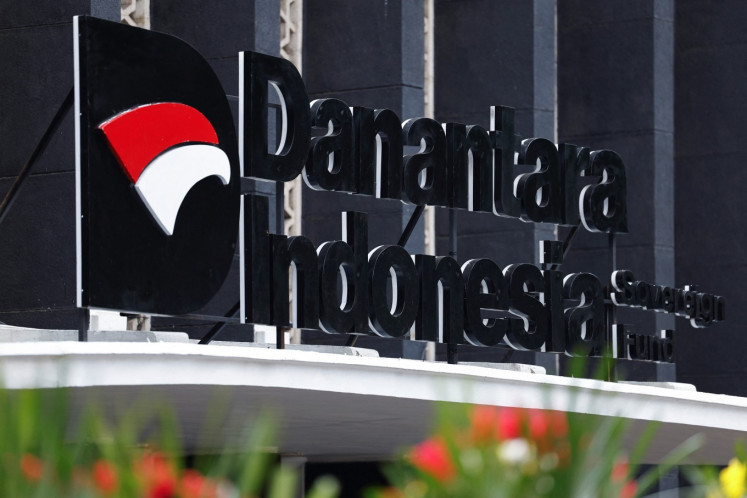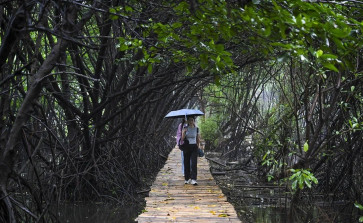Popular Reads
Top Results
Can't find what you're looking for?
View all search resultsPopular Reads
Top Results
Can't find what you're looking for?
View all search resultsClimate resilience is a strategic investment
For emerging markets and developing economies (EMDEs), investing in resilience is not a luxury, it is an imperative.
Change text size
Gift Premium Articles
to Anyone
F
or emerging markets and developing economies (EMDEs), investing in resilience is not a luxury, it is an imperative. Climate disasters and ecological degradation are impeding their economic prospects and straining their finances. Perhaps more importantly, these shocks are exacerbating unsustainable debt burdens at a time when donor countries are slashing development aid, making it harder for EMDEs to finance investments in climate adaptation.
Over the past two decades, the 74 economies comprising the Climate Vulnerable Forum and the Vulnerable Group of Twenty have suffered more than US$525 billion in losses, equivalent to roughly 20 percent of their collective GDP, due to climate shocks. This includes acute disasters like floods, hurricanes and droughts, as well as slower-moving events such as desertification and coastal erosion.
Meanwhile, the degradation of natural ecosystems through deforestation and biodiversity loss has aggravated food and water insecurity and increased climate risks by eliminating natural carbon sinks. These dynamics create formidable obstacles, namely, limited fiscal space and high capital costs, that trap countries in a vicious cycle of vulnerability. Breaking free requires a significant scaling-up in financing for climate-adaptation efforts.
To that end, the Sharm El-Sheikh Adaptation Agenda, launched in 2022, proposes 30 adaptation targets in key sectors such as agriculture, public health and infrastructure with the goal of spurring inclusive, effective and equitable action by 2030. The proposed outcomes are not merely defensive, they create jobs, boost productivity and improve creditworthiness. Unfortunately, these benefits are not reflected in current macroeconomic frameworks.
The problem is structural. Existing macro-fiscal tools, such as the debt-sustainability frameworks used by the International Monetary Fund, the World Bank and, by extension, sovereign credit ratings, account for climate- and nature-related risks but do not sufficiently recognize the economic benefits of reducing those risks.
Natural disasters, climate-related or otherwise, are (rightly) treated as threats to fiscal stability. But the investments required to mitigate their effects are seen only as adding to the debt burden, rather than as critical for reducing losses or as driving the development of growth-enhancing strategic assets.
For example, investments in flood-resilient infrastructure in Vietnam have not only reduced damage costs but also boosted land values, improved public health and increased worker productivity. And investments in nature-based solutions such as restoring mangroves or wetlands can simultaneously address climate, food and water challenges, and boost infrastructure performance.



















